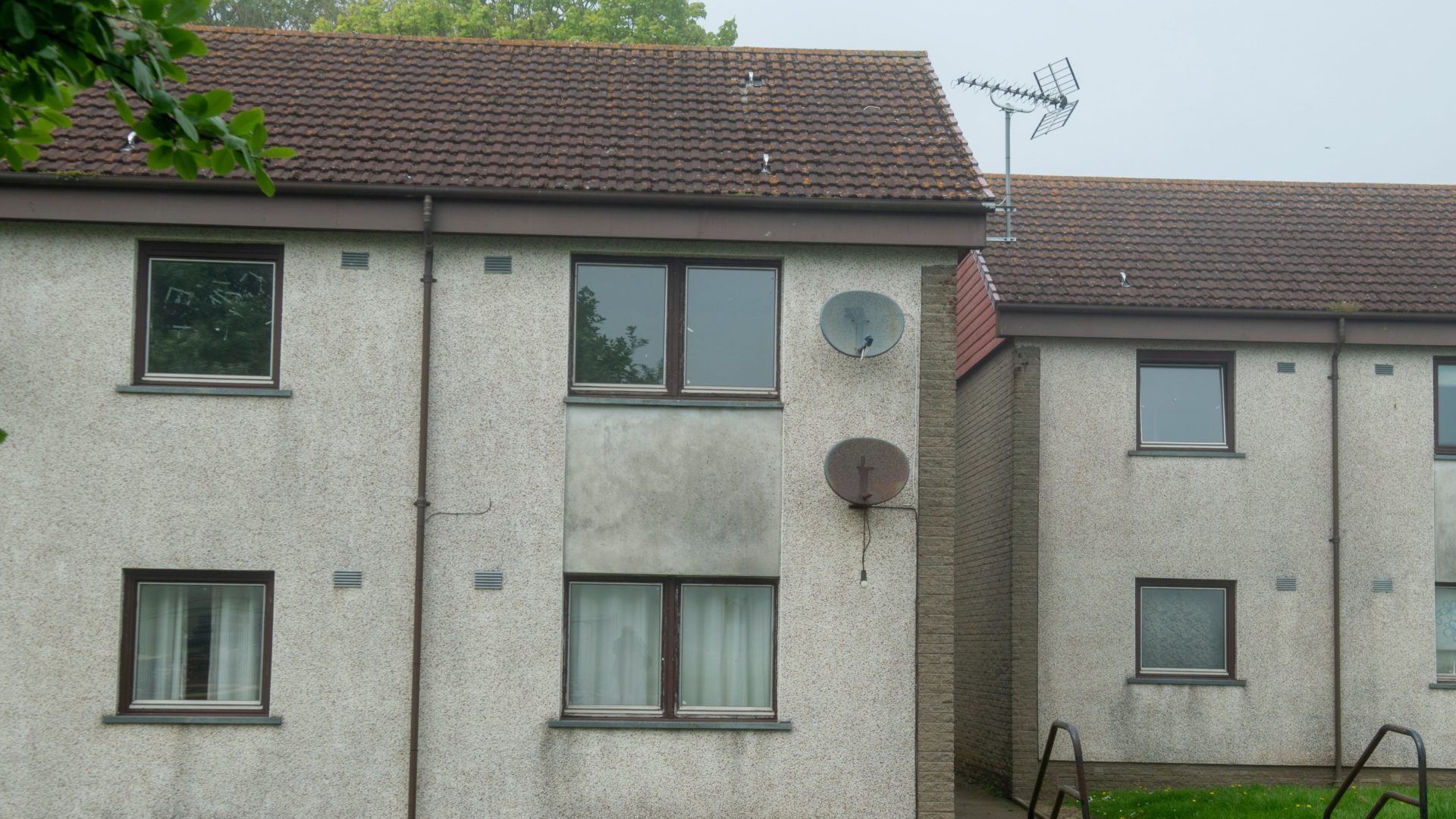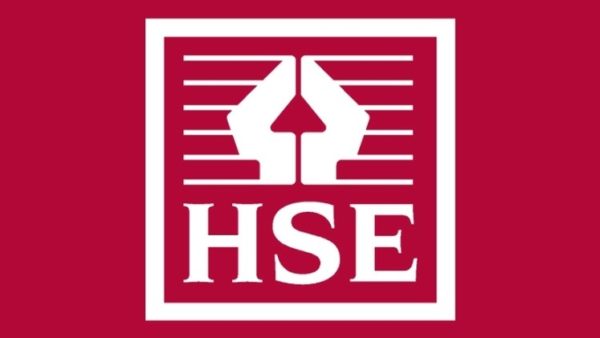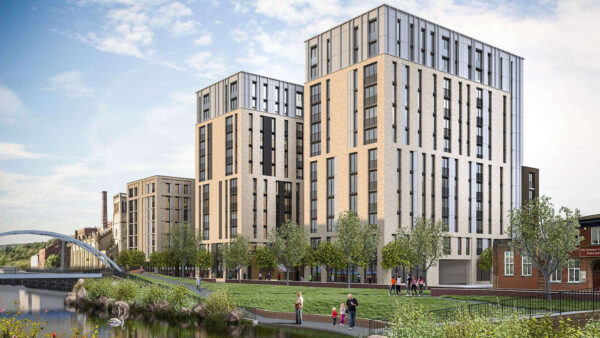
Aberdeen City Council has approved the demolition of more than 500 council homes with reinforced autoclaved aerated concrete (RAAC) “on safety grounds”.
Councillors met on Wednesday (21 August) to decide the outcome of an estimated 366 council and 138 private addresses in the Balnagask area of Torry after RAAC was found in roof panels.
The council decided during an urgent meeting in March to set aside an initial £3m to permanently rehome the tenants of the RAAC-affected properties while it explored long-term options for the site, including remedial works or demolition.
“Several remedies were considered – including roof replacement – however, demolition was judged to offer the quickest and most cost-effective way to remove the ‘high risk’ posed by the lightweight concrete,” said the council yesterday, adding that it will aim to purchase the private properties by voluntary agreement.
“Owners will be offered market value along with reasonable legal costs, and home loss and disturbance payments,” it said.
The council estimates that the demolition will cost £20m-£25m and take three to four years to complete. Building new homes will cost an additional £130m or more and take from five to 15 years.
Impact on residents
The council said it decided to demolish the RAAC-affected homes following “independent survey work, a detailed options appraisal and extensive community engagement”.
However, on X (formerly Twitter) Labour councillor for Tillydrone, Seaton and Old Aberdeen, Ross Grant, accused Scottish National Party and Scottish Liberal Democrats councillors of rushing the decision without residents’ support.
“[Aberdeen City Council, Aberdeen SNP and Aberdeen LibDems] have chosen to sweep away the Balnagask community from the face of the earth and they have done so prematurely and without the support of local tenants and owners,” said Grant.
Councillor Miranda Radley, convener of the communities, housing and public protection committee, said: “This is one of the hardest decisions the council has taken. We recognise the impact this will have on residents, many having lived in their home for many years.
“The absolute priority has to be their safety. The welfare of people is what matters most, and we will continue to offer individuals and families one-to-one support whilst meeting their housing needs as far as possible from existing stock.”
RAAC is an aerated lightweight form of concrete popular in UK public sector building construction from the mid-1960s until the late 1990s. It has a shelf-life of around 30 years.
After several high-profile failures of RAAC planks, widespread investigations began last year to establish the presence and condition of the material across all building sectors.











